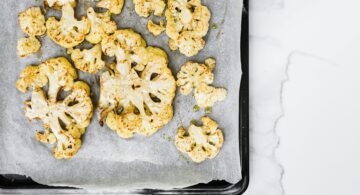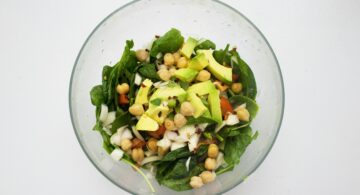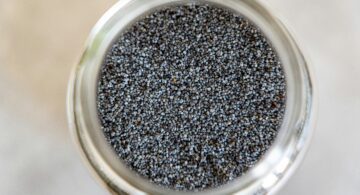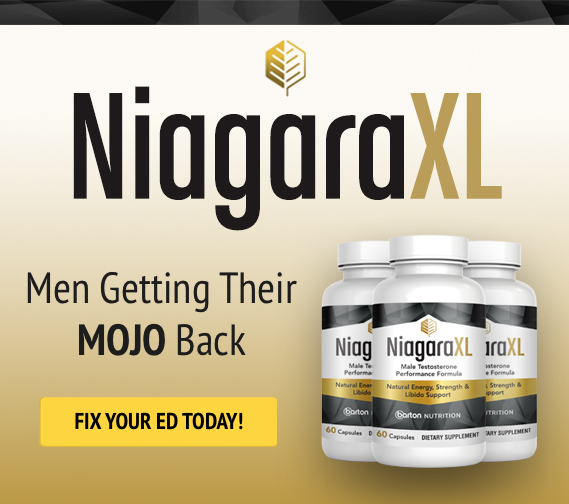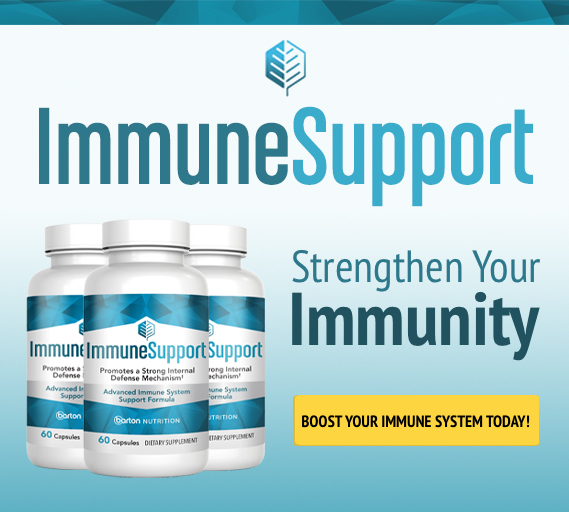Nut Milks: A Great Alternative to Milk
The Nut of the Matter
Whether you are sensitive to dairy products, or just looking for other healthy alternatives to cow’s milk, nut milks may be a great choice for you. Nut milks are “milks” made from nuts or seeds blended with filtered water. Nut milks are not only great for those who can’t tolerate cow’s milk, but also:
- Are lower in calories
- Contain no saturated fat
- And offer a good source of vitamins and minerals
You can use nut milks for just about any application for which you would use cow’s milk.
Why Make Your Own Nut Milk?
You’ve no doubt seen almond milk or some other nut milk at your grocer lately. But there is nothing quite as delicious as freshly made, completely raw and live, and preservative-free nut milk made in your own blender.
I think you’ll find that investing just a little effort in homemade nut milk pays off in a big way.
1. Store-bought nut milks often contain unwanted ingredients.
Top among these are carrageenan and sugars. Carrageenan is red seaweed and is used as an emulsifier. But numerous studies have demonstrated that carrageenan causes inflammation and is harmful to humans.[1] Of course, sugars also cause inflammation and a whole host of other health issues.
2. Commercial nut milks are expensive.
You can make your own nut milk for significantly less money than what you’ll pay in the store for ready-made milks.
3. Control how much and what kinds of sweeteners and flavors you put in your nut milk.
When you make your own nut milk, you know exactly what’s going into it. You have a choice in everything you add or keep out.
4. Making your own nut milk is more environmentally friendly.
There are no empty cartons or bottles to dispose of when you make your own.
5. You get to use nut pulp, a by-product of making your own nut milk.
After the blending process, nut milk is usually strained leaving a pulp that can be used in desserts, breads, muffins and other recipes.
6. Commercial nut milks are pasteurized.
The purpose of pasteurization is to eliminate unwanted bacteria. The problem is that the heating process also kills valuable enzymes. You can avoid the bacteria and keep the enzymes when you make it yourself.
7. Homemade tastes better!
This should come as no surprise, since homemade recipes almost always taste better!
General Guidelines for Making Nut Milk
Connoisseurs of nut milk recommend soaking nuts prior to milking them.
Soaking breaks down the enzyme inhibitors, natural toxins, and tiny amounts of phytic acid that coats them while growing. Phytic acid is indigestible to the body if consumed in high amounts and can make you feel sluggish. Soaking them will make everything easier to digest while boosting and improving the flavor.
Soak time depends on the nut or seed and can vary with recipes. Almonds, for instance, require soaking for 6-12 hours. Soaking nuts and seeds removes enzyme inhibitors and activates enzymes.[2]
You’ll need a good blender and some means of straining the liquid after blending. Cheesecloth, a fine-mesh strainer, or a nut milk bag will do the trick. Straining makes your nut milk a lot smoother and creamier, taking away the slightly grainy texture. Furthermore, it gives you leftover pulp meal.
Nut milks must be refrigerated and usually will last about four to five days.
Spices and Sweeteners to Spruce up Your Nut Milk
By making your own nut milk, you can control the quantity, sweetness, and thickness of the milk. Depending on the variety of nut, you can customize the flavor by adding vanilla, citrus zest, and spices, such as:
- Cinnamon
- Nutmeg
- Allspice
- Ginger
- Cloves
- Cardamom
- Vanilla extract
Also, you need not sweeten your nut milk, but if you do, consider:
- Stevia
- Dates
- Raw honey
- Blackstrap molasses
- Sugar cane juice
- Granny smith apple juice
- Maple syrup
You can’t put a price tag on the satisfaction and fun that comes from rolling up your sleeves and crafting something from scratch—even if it takes you a couple extra minutes. Here’s how to make your own nut milks.
Recipes
Almond Milk[3]
Almonds are high in monounsaturated fats (which are really good for you). Almonds are also a great source of vitamin E, magnesium and potassium. They also boast numerous other nutrients, antioxidants, and have been shown to lower blood sugar.[4]
Ingredients
- 3 to 4 cups water
- 1 cup raw, soaked almonds
- 1-2 pitted dates, or other sweetener to taste (optional)
Directions
- Soak almonds for at least 4 hours in water and rinse.
- Place 3 cups water, almonds and sweetener in a blender and secure lid.
- Turn blender on high. Don’t blend for too long or too fast as it will cook the enzymes.
- Blend for about 45 seconds or until you reach desired consistency, adding more water if needed.
- If you wish to strain out the fiber, do so now. You can save and dry the leftover pulp in the oven at 170 degrees or in a food dryer. This makes an almond meal that you can use in cookies, breads or muffins.[5]
- Store nut milk in the refrigerator.
- Shake well before using.
Pumpkin Seed Milk[6]
Pumpkin seeds are rich in B vitamins as well as many minerals and essential fatty acids. They are an especially rich source of zinc. Pumpkin seed milk is the perfect complement to green smoothie recipes that use apples, pears, pumpkin, bananas and other fall or year-round fruits.
Ingredients
- 1 cup raw pumpkin seeds soaked for about 4 hours
- 2 ½ to 3 cups water
- 1 tsp alcohol-free, pure vanilla extract or ½ tsp regular (optional)
- Your choice of sweetener to taste
- 1 Tbsp coconut butter for richer milk (optional)
- Pinch of sea salt
Directions
- Place all ingredients in blender and blend about 1 minute
- Sweeten to taste
- Drink unstrained for the greatest nutritional benefit
- Store and drink chilled. Shake well before using.
Creamy Macadamia Nut Milk[7]
Macadamia nuts are incredibly creamy and provide a great source of vitamin A, iron, protein, thiamin, riboflavin, niacin and folates. They’re rich in antioxidants, amino acids, flavones, and selenium. They also contain a moderate amount of numerous minerals.[8]
Ingredients
- 1 cup raw macadamias soaked for about 2 hours. Drain and rinse.
- 3 to 4 cups water.
Directions
- Add macadamias and 3 cups water to blender and blend high for about 60 seconds, or until smooth and creamy. Add more water if needed.
- Most people choose not to strain macadamia milk.
- Store and drink chilled.
As you can see by the recipes above, making your own nut milk is incredibly easy and predictable. In fact, you can exchange practically any other nut or seed for those in the recipes above.
Soaking the almonds overnight is the only part of this recipe where you need to be organized. But it’s worth doing. And if you choose to strain it, add the pulp to a veggie burger, cooked quinoa or refried beans. Or, use any leftover pulp for a hummus dip recipe or blend it again on high and use it as a soup thickener.
Why not treat yourself to some delicious homemade nut milk! Begin enjoying its wonderful flavor and health benefits in coffee, cereals, smoothies and baking!
If you liked this article, then you’ll love these:
- Food Sensitivities: A Hidden Epidemic
- Intestinal Fortitude: Crohn’s Courage
- Get Good Vibrations from Food
Rob Fischer has been writing professionally for over 35 years. His experience includes writing curricula, study guides, articles, blogs, newsletters, manuals, workbooks, training courses, workshops, and books. Rob has written for numerous churches, for Burlington Northern Railroad, Kaiser Aluminum, and Barton Publishing. He has also trained managers in effective business writing. Rob holds two Master’s degrees, both focused heavily on writing. Rob has published eleven books and serves as an editor and ghostwriter for other authors.








